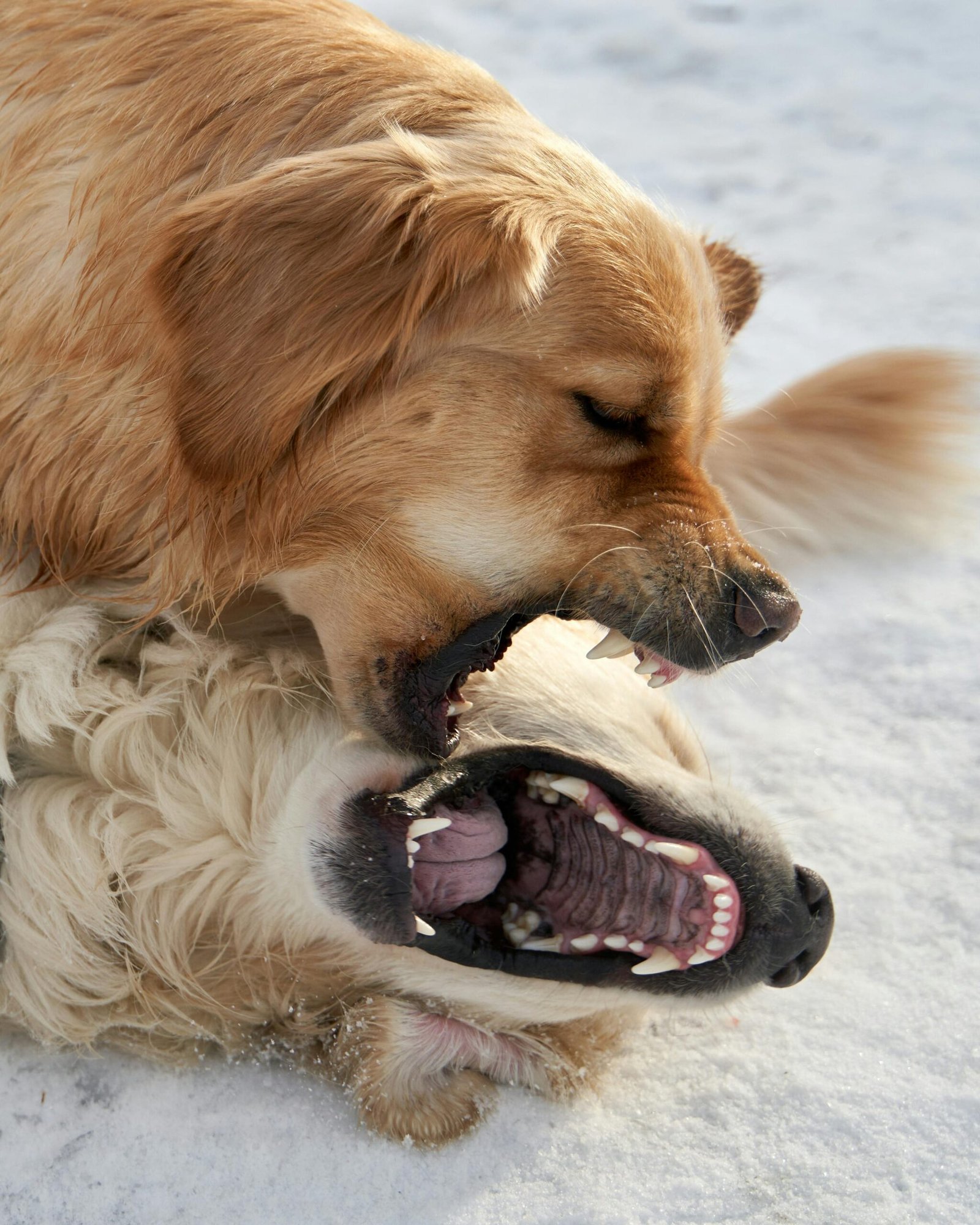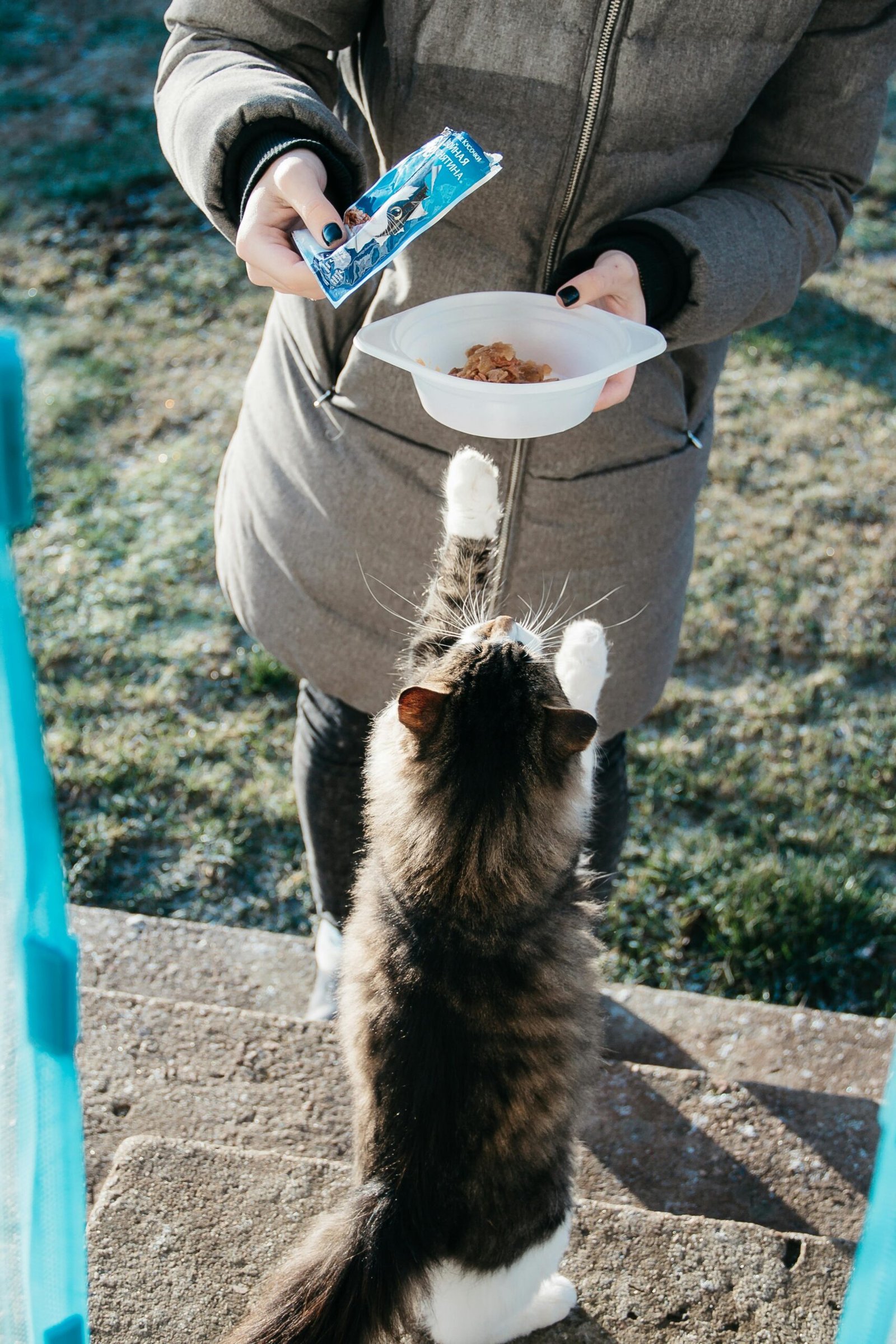
Dog aggression can be difficult to control, but it can frequently be reduced or eliminated with the appropriate strategy. A secure and peaceful atmosphere for dogs and their owners can be established by comprehending the reasons behind hostility and putting good techniques into practice. We’ll look at a variety of techniques in this blog’ How to Stop Aggression in Dogs, including advice from professionals and information from reliable sources.
Table of Contents
ToggleUnderstanding Dogs Aggression
It’s critical to comprehend canine aggression and its possible causes before taking any action. Dogs that are aggressive may show it by snarling, snapping, barking, or biting. Before adopting, it’s important to research the Top Aggressive Dog Breeds to ensure you’re prepared to handle their specific behavioral needs. Typical triggers include the following:
Fear: Fear is the root of many aggressive behaviours. If a dog perceives a threat, it may respond aggressively.
Protectiveness: When defending their family, territory, or belongings, dogs may become hostile.
Frustration: Excessive enthusiasm or the inability to accomplish a goal can lead to aggressive behaviour in dogs.
Pain or Illness: When touched or approached, a dog who is in pain may act aggressively.
Absence of Socialisation: Improper socialisation can leave dogs ill-equipped to deal with people or other animals.
Signs of Aggression
Early detection of aggressive symptoms can help stop an escalation from occurring. Seek out:
- Snarling or growling
- Gritting teeth Tight posture
- Pinned back ears
- Intense gazing
- Plunging or snatching
It is critical to deal with the behaviour as soon as you observe these indicators.
How to Stop Aggression in Dogs

1. Identify the Triggers
Finding out what makes your dog act aggressively is the first step in controlling aggression. Keep a journal of the events, recording the settings, the circumstances, and the body language of the dog. This will assist you in identifying trends and particular triggers.
2. Consult with a Professional
It’s imperative to speak with a veterinarian behaviourist or a professional dog trainer if your dog exhibits serious aggressiveness or if you’re not sure how to handle it. They can offer customised tactics and assistance according to the particular requirements of your dog.
3. Make Use of Encouragement
Rewarding positive behaviour is one of the best ways to change behaviour. Reward your dog with toys, food, or praise when they behave calmly and obediently. By using this method, you can help your dog start to associate happy memories with circumstances that used to make him aggressive.
4. Intimidation
In order to stop violence, proper socialisation is essential. In a regulated manner, gradually introduce your dog to new people, pets, and settings. Make sure these encounters are constructive by rewarding excellent behaviour with rewards and praise.
5. Instructional Orders
Basic commands like “sit,” “stay,” and “leave it” can help you maintain control and enhance communication with your dog. Frequent training sessions strengthen the link between you and your dog and improve your dog’s obedience.
6. Control the Environment
Occasionally, it could be essential to control your dog’s surroundings in order to avoid aggressive situations. This may entail restricting your dog’s exposure to triggers with leashes, muzzles, or baby gates while it develops stronger behaviour management skills.
7. Offer Both Mental and Physical Excitation
A lot of aggressive actions are the result of boredom or bottled up energy. Make sure your dog gets enough exercise by playing, taking walks, and participating in interesting activities. To keep their minds engaged, provide them puzzle toys and training activities as additional mental stimulation.
8. Refrain from Punishment
Punishment has the potential to increase hostility and erode your dog’s trust in you. Rather, concentrate on encouraging positive activities and rerouting bad ones.
9. Health Examination
See your veterinarian if you think your dog’s aggression could be caused by pain or other health problems. Any underlying medical disorders that might be affecting your dog’s behaviour can be ruled out with a comprehensive examination.
10. Consistency and Patience
Aggressive behaviour requires persistence and time to change. As you go through this process, have patience with both yourself and your dog. Acknowledge minor accomplishments and remain dedicated to your exercise routine.
Conclusion
Dog aggression must be stopped through a complex procedure that calls for comprehension, tolerance, and persistent training. You may teach your dog to react more correctly in difficult situations by helping them recognise triggers, using positive reinforcement, and getting professional help when needed. Recall that a socialised and well-trained dog is less likely to behave aggressively, making the setting happier and safer for all parties.
Do not be afraid to consult a behaviourist or professional trainer if your dog is becoming aggressive. Your dog deserves the opportunity to grow up to be a happy, well-mannered family member.






2 Responses